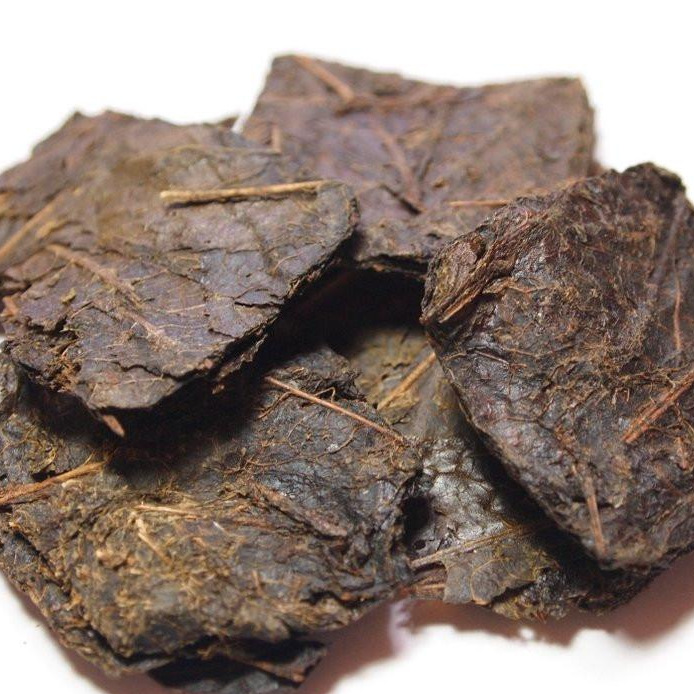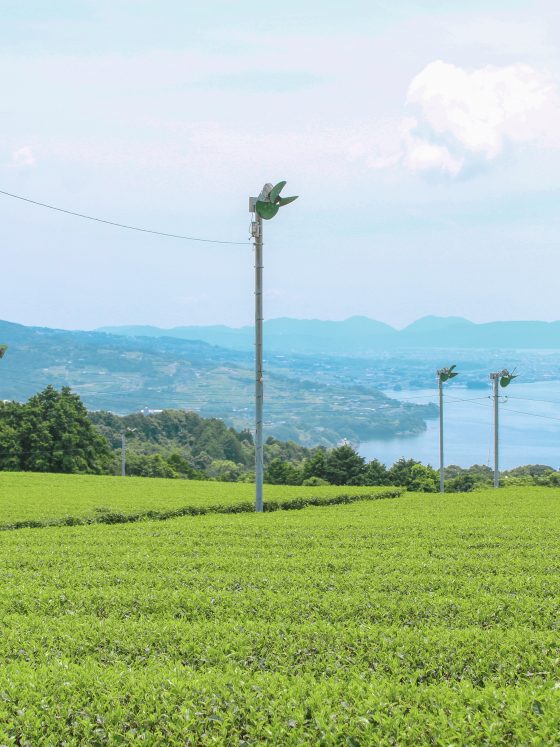Japanese post-fermented teas are a small and little-known outside of Japan group of teas. As is the case with other post-fermented teas, in the production of Japanese post-fermented teas there is a stage of enzymatic oxidation under the action of external enzymes. Most often, this is either aerobic fermentation with the participation of different types of fungi, or anaerobic fermentation with the participation of lactic acid bacteria, or both of these fermentations.
Each of the Japanese post-fermented teas is quite rigidly attached to a specific locality (most often to the prefecture, but sometimes the localization can be more precise). The association can be due to both cultural background (the established tradition of making and drinking tea), and technological reasons (for example, microorganisms specific for the particular place participating in the tea production).

To denote post-fermented teas, the term Kurocha (黒茶) is often used in Japan, which is a synonym for Chinese hei-cha and English dark tea. Currently, Japanese post-fermented teas enjoy some support from the Japanese government as traditional local products. Perhaps this will lead to some increase in their visibility in the market.
It’s interesting to note that the anaerobic fermentation used in the production of some Japanese post-fermented teas and the increased content of gamma-aminobutyric acid in these teas allows us to “put years” on the Japanese part of GABA teat history and to associate it with traditional Japanese teas.
Now, let’s have a closer look at the traditional Japanese post-fermented tas.
Awabancha (阿波番茶, 阿波晩茶, Awa-ban-cha), Tokushima prefecture, east of Shikoku island. “Awa” in the name of this tea is the old name of the region, which now belongs to the Tokushima prefecture. The last two hieroglyphs in the title are read as “buncha” in both spelling variants (阿波番茶 or 阿波晩茶). The first combination coincides with the name of the traditional Japanese green tea bancha (番茶), translated as “rough leaf” — and this is a very accurate characteristic for the raw materials used for the production of this tea. In the second combination, another hieroglyph is used for the sound of “ban” (晩, evening), so that the person reading the name of the tea wouldn’t have the illusion that this is one of the traditional green teas. And for the sake of poetry, perhaps. The second version of the hieroglyphic name of the tea (阿波晩茶) appears to be more common.
For the production of awabancha, mature tea leaves are used, which are collected in the middle of summer, mostly from wild trees. The collected leaves are fixed by boiling (about 10 minutes). After that, the tea leaves are rolled and sealed for 7 to 30 days in a barrel under press for anaerobic fermentation with the participation of bacteria. Basically it is Lactobacillus plantarum and Klebsiella pneumonias, other bacteria do not feel well in the harsh conditions of fermenting tannic tea leaves. During fermentation, the “broth”, remaining after the leaves were boiled, may be added to the barrels. After fermentation, tea is dried in the sun for one day.
Awabancha can be brewed as an ordinary tea (and can take several infusions), or can be boiled for a few minutes. Since awabancha does not pass through aerobic fermentation stage, the infusion of this tea is fairly light; in the aroma, there are fruity notes, and in the taste — sourness.
Here is a link to a large Japanese website about awabancha, and here is the description of this tea on My Japanese Green Tea website. And a couple of manufacturers. Irodori Bancha company, which produces and sells Awabancha tea in both traditional and RTD versions (the bottles are cute). And Kamikatsu Bancha company, which, seemingly, works only with classics. And here is a site where one can buy awabancha, with pictures and entertaining videos.











